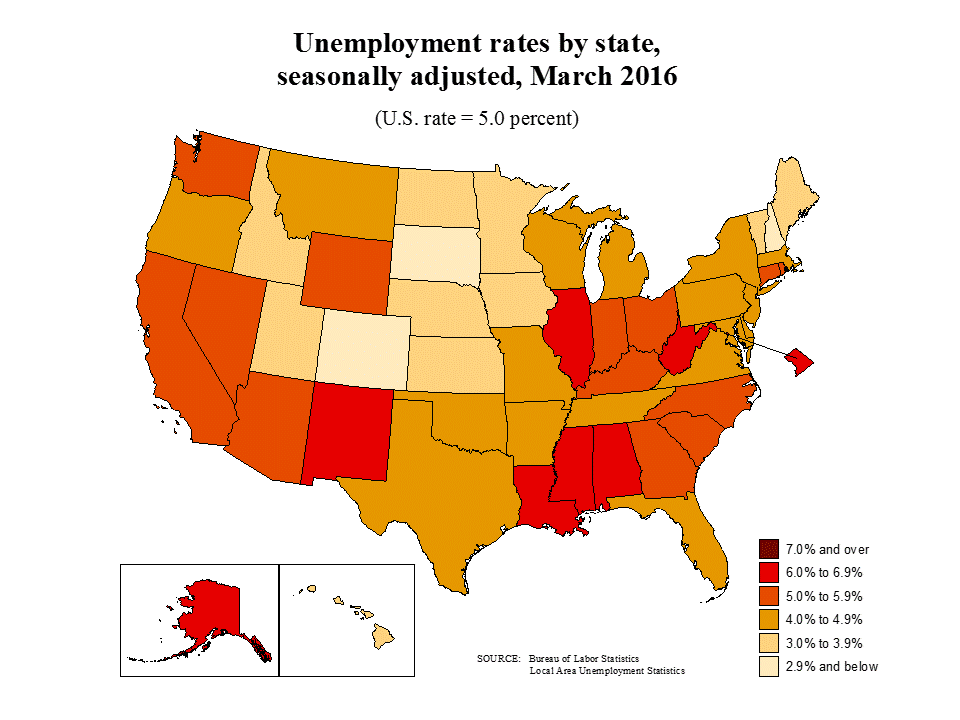The Occupational Employment Statistics (OES) program, conducted by the Bureau of Labor Statistics (BLS), provides employment and wage information by occupation and geographic location. Hourly and annual mean and median wages are available for more than 800 different occupations at the national, regional, state, and MSA level.
According to the latest OES news release, the healthcare industry employed 12 million people in May 2015, which represents nearly 9% of the nation’s total employment. Registered nurses (2.7 million), nursing assistants (1.4 million), and home health aides (820,630) were the largest healthcare occupations.
For more information, please refer to www.bls.gov/oes

